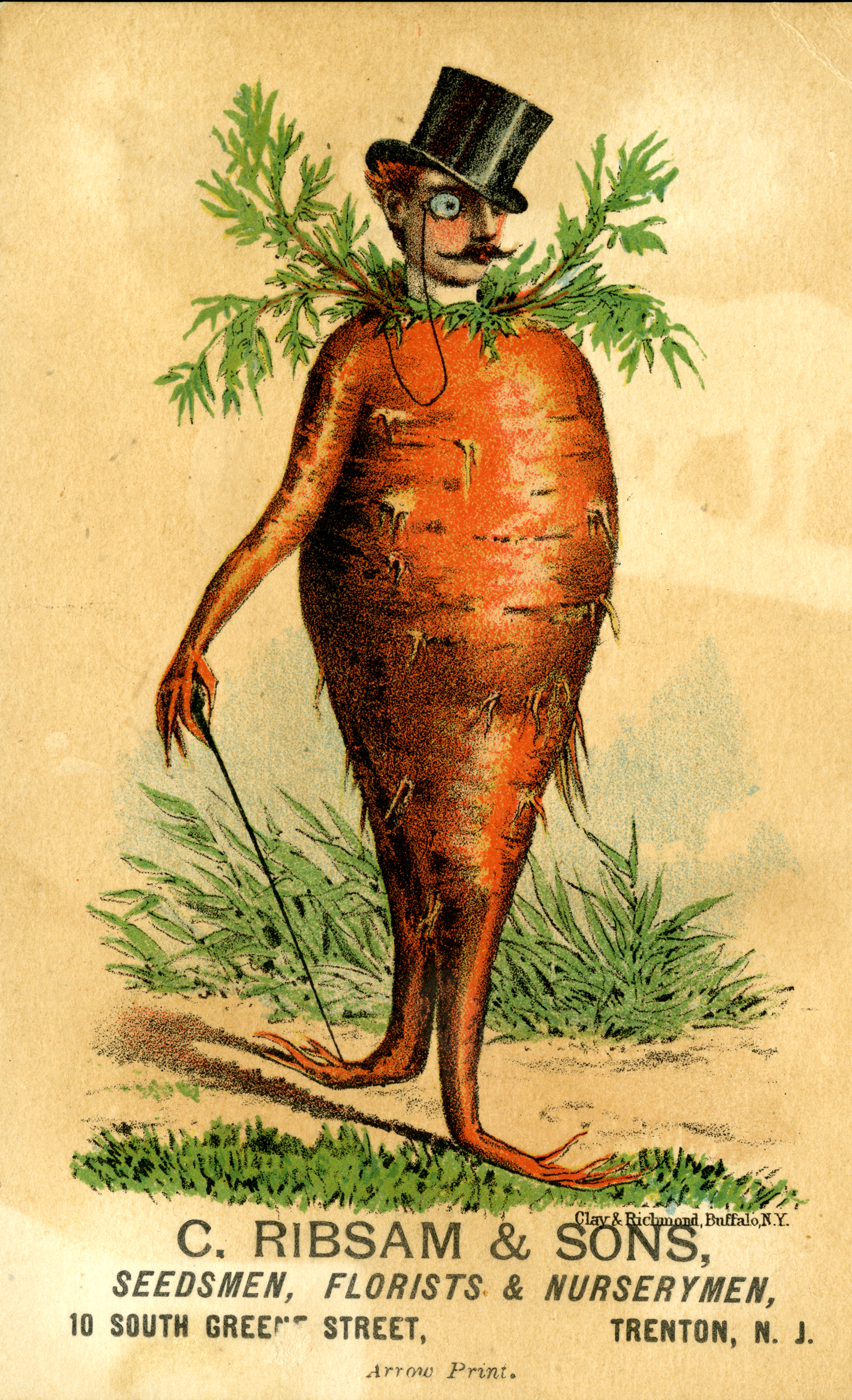Smithsonian Libraries and Smithsonian Gardens Unveil “Cultivating America’s Gardens”
Smithsonian Libraries and Smithsonian Gardens will present a new exhibition, “Cultivating America’s Gardens,” at the National Museum of American History May 4 through August 2018.
Amateurs and professionals, young and old, schoolchildren and scientists—Americans of every sort—have put their backs into gardening for a variety of motives: beauty, food, science and prestige. Americans garden to feed themselves and their families and to create a sense of place and beauty in their backyards and beyond. National parks, public parks and gardens and the individual plots of earth that people cultivate are all examples of their deep connections to the natural world. American garden making has evolved over time, shaped by history, social attitudes, the environment and new ideas.
“Cultivating America’s Gardens” will give visitors a snapshot of the history and culture of the American garden from its earliest beginnings to present day. The exhibition highlights plant exploration and the establishment of botanical gardens, the rise of the lawn, gardens of the Gilded Age (1870–1900), gardens of World’s Fairs, Victory and school gardens, preservation and documentation of historic gardens, the seed industry and plant breeding and sustainable gardens of today.
“It is exciting to be able to share the wealth of written and visual materials we have here at the Smithsonian to tell the story of how and why Americans have cultivated gardens,” said Kelly Crawford, museum specialist at Smithsonian Gardens and lead curator of the exhibition. “It is our hope that visitors to the exhibition come away with a new appreciation for gardens as expressions of our shared cultural heritage.”
“Gardens are an important reflection of our culture, traditions, regional differences and design tastes,” said Joyce Connolly, museum specialist at Smithsonian Gardens and a curator of the exhibition. “The long tradition of gardening in America continues to have an impact on how we design, use and enjoy gardens today.”
“Cultivating America’s Gardens” features such iconic books as Philip Miller’s The Gardener’s Dictionary (1768) and Rachel Carson’s Silent Spring (1962) as well as World War I posters and leaflets, gardening tools and a 1903 garden journal from a private estate in Massachusetts designed by the Olmsted Brothers firm. Visitors will view books, trade catalogs, stereographs, lantern slides, illustrations and color photography that played an important role in the dissemination of horticultural and design knowledge—and in influencing the American garden as it is known today.
Support
“Cultivating America’s Gardens” is made possible through the support of the Burpee Foundation Inc.
Programs
Smithsonian Libraries and Smithsonian Gardens will host a Gilded Age-inspired Garden Party in conjunction with the exhibition, Friday, June 9, at 6:30 p.m. along the East Terrace of the Enid A. Haupt Garden. Guests will have exclusive access to the historic Arts and Industries Building to enjoy food and drink, live music and activities that celebrate the glittering American garden of the late 1800s. More details and ticket information are available on the event page.
Additional public programs will accompany the exhibition and engage diverse audiences K–12 to adult, including workshops, lectures and hands-on sessions.
About the Smithsonian Libraries
The Smithsonian Libraries maintains a collection of more than 2 million volumes and serves as an educational resource for the Smithsonian Institution, the global research community and the public. The Libraries are located in Washington, D.C., Edgewater, Md., New York City and the Republic of Panama. For more information, visit the Smithsonian Libraries website.
About Smithsonian Gardens
Smithsonian Gardens extends the Smithsonian’s museum experience in a public garden setting, inspiring visitors with exceptional displays and educating them about horticulture, plants, the natural and built environments, and artistic design. Its research and educational programs promote the ongoing development of collections of living plants, garden documentation and horticultural artifacts.
For more information, visit the Smithsonian Gardens website.
# # #
Note to editors: Selected images from “Cultivating America’s Gardens” may be downloaded here. For further information about the exhibition, visit the “Cultivating America’s Gardens” website.
SI-223-2017

